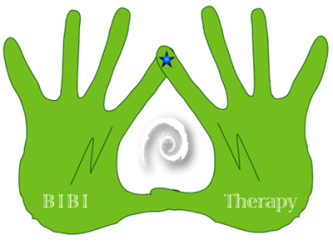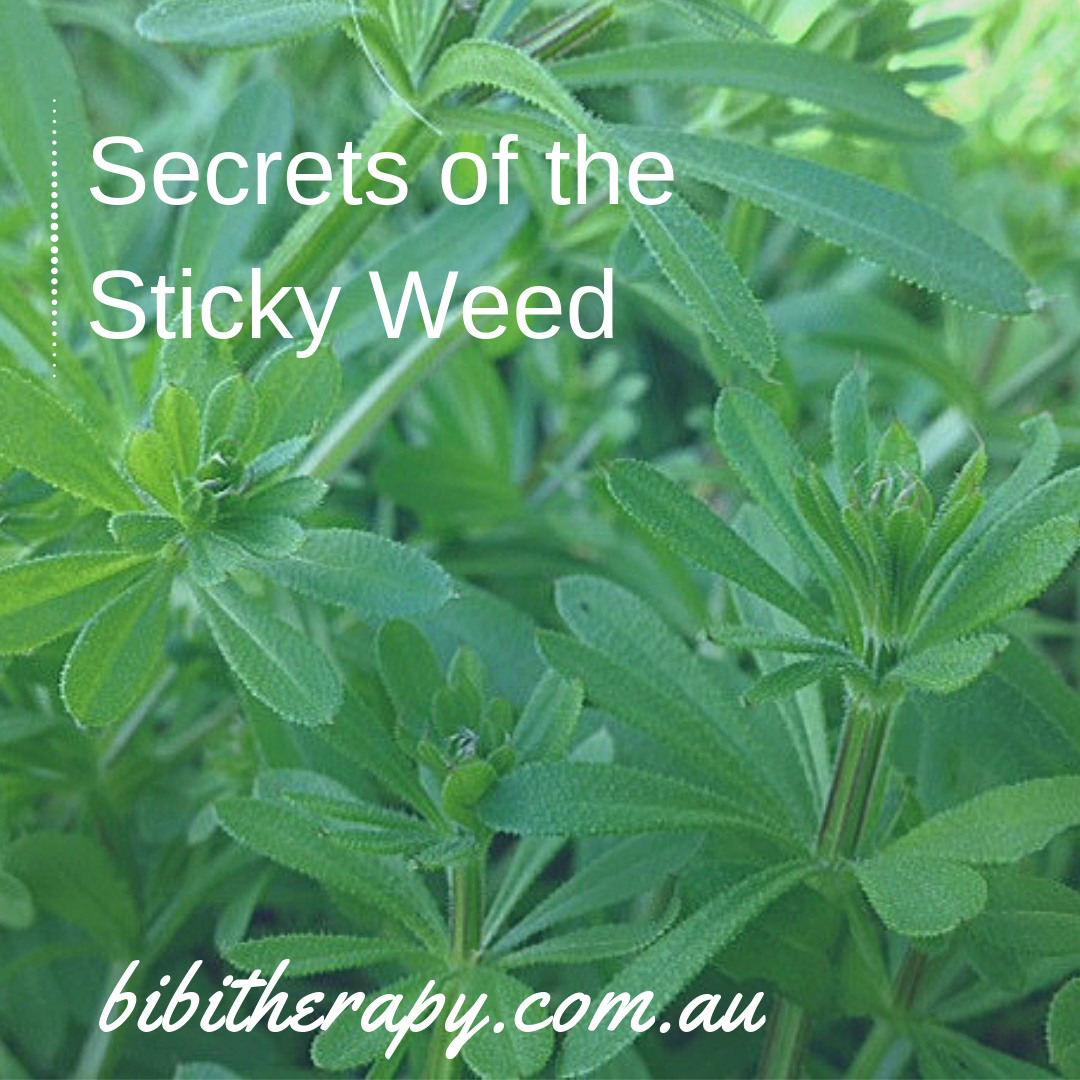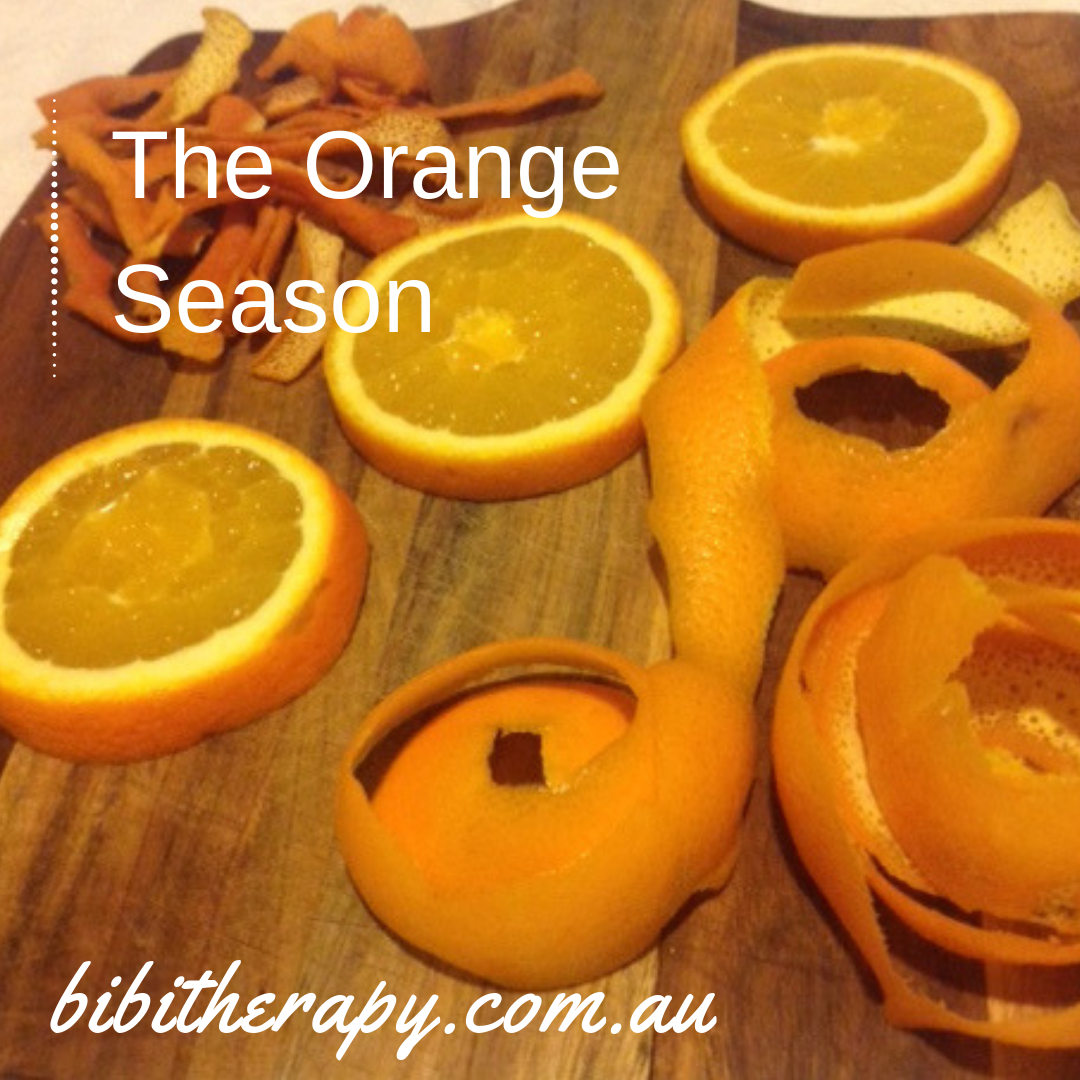Spring is here and with it Weeeeeeds!
They are everywhere.
I hate them! I love them! I hate them I …..use their secrets holistically!
You guessed, I have again the Herbalist Hat on.
Today I choose one weed that used to bother me a lot in the past.
It turned out that it was the weed that my body needed the most in the process of recovering from some serious autoimmune illnesses I have been blessed with.
This plant, Cleavers (Galium aparine), is known under many different names including sticky weed, Velcro plant or goose grass. It grows everywhere in my garden and I cannot say it is my favourite. Every time I collect it, inevitably I also get a little skin irritation.
The plant is edible, leaves, stems as well as the fruits, mostly cooked. Due to its clinging nature (Auld B.A. and Medd, 1987) it is less palatable when attempting to eat it raw.
This sticky plant harbours many secrets. The ancient Greeks used the stems in the form of a coarse colander to strain milk. In Anatolia the plant is known these days as the Yogurt plant, because of an enzyme that curdles the milk. Similar uses of the plant are in practice in Sweden as well.
Benefits. Current research on Cleavers and its use for human consumption is sparse. However, the very many chemical constituents, including but not limited to monotropein, asperuloside, tannins, flavonoids or polyphenolic acids (Deliorman et al, 2001) demonstrate that the plant pharmacological properties are yet to be demonstrated by the modern science. Therefore the secrets this plant possess are about to be unveiled by modern science.
Given the lack of substantiated evidence I will mention only the very well-known applications of Galium aparine (Maud, 1971), as outlined below:
- Slimming effect: possible due to the asperuloside component, known to increase metabolic rate in mammals;
-
Supports the lymphatic system
- Promotes lymphatic drainage;
- Breaks up lymphatic congestion (enlarged lymph nodes) especially in the pelvis,
- Acts in general as a lymphatic tonic;
- Diuretic;
- Choleretic: it stimulates the flow of the bile;
- Can be used as a coffee substitute: dried and roasted fruits of the cleavers;
- Its medicinal effects are great if used in soups;
-
Cosmetic benefits
- Hair tonic : rinsing the hair with cleavers tea infusion;
- Facial rejuvenation and anti-wrinkles action.
The plant has no known toxicity and has no contraindications.
Best ways to use the plant is to drink a stronger infusion during the day.
Harvesting the plant: should be performed while the plant is in the growing stage with its bright green foliage.
How to use it: Teas and facial cleanser
#1 Diuretic Cleavers Infusion Tea
- 3 table spoon of dried plant
- 500 ml boiling water ;
- Let it sit for a good 20 minute;
- Strain and drink throughout the day.
This tea is useful to stimulate the lymphatic flow. It has a gentle purgative action due to a chemical in the plant called asperuloside. It also aids the bile. Drink small quantities during the day.
# 2 Natural Facial Cleanser
Cleavers makes an excellent facial cleanser and wash. The chemical components in the form of acids, polyphenolic, tannic and citric acids help tightening the skin. Excellent against those wrinkles and sags we all want to get rid of as the skins matures due to aging.
- 1/3 cup of dried Galium aparine
- 500 ml boiling water
- Let the plant steep for a good hour
- Wash the face as you would any other facial cleanser.
- To be effective it has to be used several times a week.
So what are we all waiting for? Let’s gather Galium aparine before going to seeds and enjoy a detox cuppa!
What a great secret gift we have with this sticky weed.
Disclaimer: I am a qualified holistic wellness, herbalist aromatherapist and nutrition guide; I am not a medical doctor or nurse and do not play one on the internet. Always check with a doctor or medical professional if a medical need arises.
References
Auld B.A. and Medd, R. W., Weeds – an illustrated botanical guide to weeds of Australia, 1987, (2nd Ed), Melbourne, Inkata Press. https://trove.nla.gov.au/work/9658129?selectedversion=NBD4476220
Deliorman D. et al, Pharmaceutical Biology, 2001:39(3):234-235, Iridoids from Galium aparine. https://doi.org/10.1076/phbi.39.3.234.5928
Grieve, Maud , 1971. “Clivers”. A Modern Herbal: The Medicinal, Culinary, Cosmetic and Economic Properties, Cultivation and Folklore of Herbs, Grasses, Fungi, Shrubs, & Trees with All Their Modern Scientific Uses, Volume 1. Dover Publications. p. 206. ISBN 9780486227986



